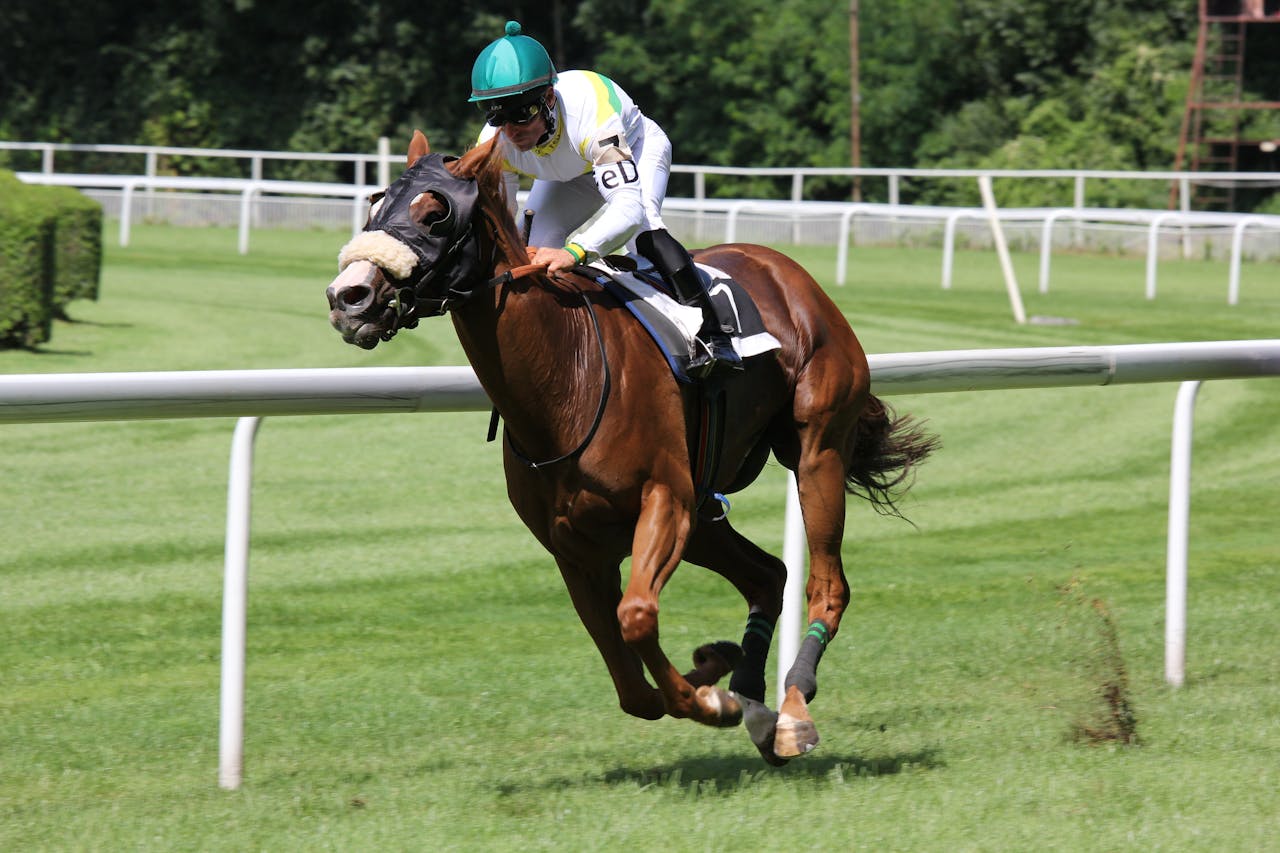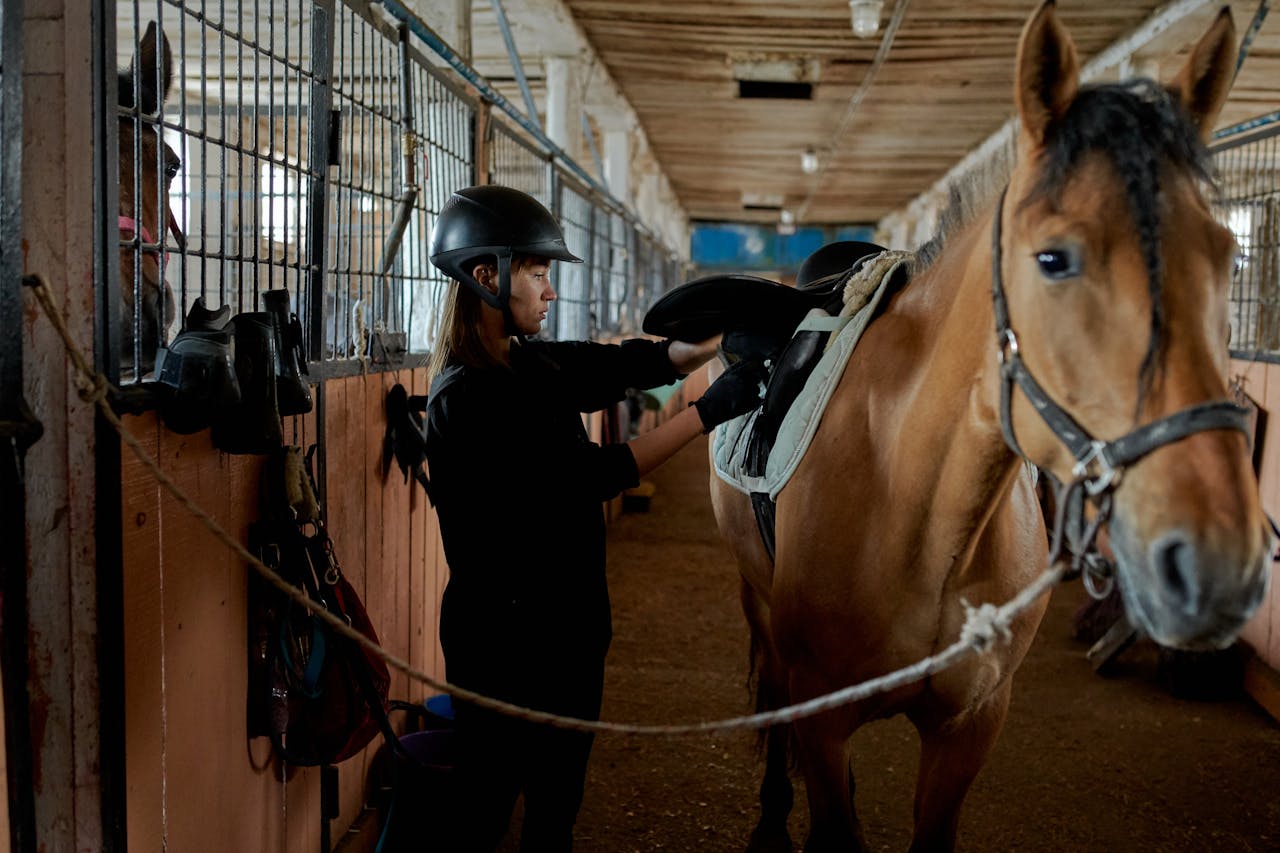Equestrian Events: Horse Racing, Show Jumping, and Dressage Competitions
Equestrian sports hold a unique and prestigious place in the world of athletics, combining grace, skill, and the timeless bond between horse and rider. From the thrill of galloping hooves on racetracks to the elegance of dressage movements, equestrian events showcase diverse disciplines that appeal to fans and competitors alike. This article delves into the captivating worlds of horse racing, show jumping, and dressage competitions, exploring their histories, key characteristics, and the excitement they bring to audiences.

Horse Racing: The Sport of Kings
The Allure of the Track
Horse racing is often dubbed "the sport of kings," and for good reason. With its roots dating back thousands of years, this exhilarating sport captivates spectators with its speed, strategy, and pageantry. Races can take place on various surfaces, including dirt, turf, and synthetic tracks, and typically feature thoroughbred horses known for their speed and endurance.
Major Events
Among the most famous horse racing events are the Kentucky Derby, the Preakness Stakes, and the Belmont Stakes, collectively known as the Triple Crown in the United States. Each race has its unique traditions and rituals, from the extravagant hats worn at the Derby to the thrilling atmosphere of the Preakness.
Betting and Culture
Betting is an integral aspect of horse racing, adding an extra layer of excitement for spectators. Fans study the horses, jockeys, and trainers, analyzing statistics and past performances to make informed wagers. This blend of skill, chance, and community creates an engaging culture around the sport, making it a staple of social gatherings and events.
Show Jumping: The Art of Precision and Agility
A Test of Skill and Partnership
Show jumping, often considered one of the most popular equestrian disciplines, emphasizes precision, agility, and teamwork between horse and rider. In this thrilling event, competitors navigate a course of fences and obstacles, aiming to complete the round with the fewest faults—such as knocking down rails or exceeding time limits.
Key Competitions
Show jumping competitions occur at various levels, from local events to prestigious international championships like the FEI World Cup and the Olympic Games. These competitions showcase the skills of both horse and rider, requiring immense trust, communication, and training to master.
Training and Preparation
Training for show jumping involves rigorous groundwork, conditioning, and practice. Riders must develop their horsemanship skills, focusing on their balance, timing, and the ability to read their horse's movements. The bond formed between rider and horse is crucial, as it enables them to navigate courses effectively and confidently.
Dressage: The Ballet of Equestrian Sports
The Pursuit of Perfection
Dressage, often described as "horse ballet," is an equestrian discipline that emphasizes grace, harmony, and precision. In dressage competitions, horse and rider perform a series of predetermined movements, showcasing their training, responsiveness, and artistry. The ultimate goal is to achieve a seamless partnership that appears effortless to spectators.
Key Competitions and Judging
Dressage events range from local competitions to prestigious international championships, including the Olympics and the World Equestrian Games. Competitions are judged based on criteria such as the horse's obedience, the rider's position, and the overall harmony of the performance. The use of classical music often accompanies performances, adding to the artistic element.

Training for Success
Training in dressage requires a significant investment of time and effort. Riders and horses undergo rigorous training to refine their movements, develop communication, and enhance their understanding of one another. The practice includes working on transitions, lateral movements, and advanced maneuvers like the piaffe and passage.
The Common Threads: Community and Tradition
The Equestrian Community
Despite their differences, horse racing, show jumping, and dressage share a vibrant community of enthusiasts, competitors, and supporters. Local clubs, organizations, and event venues play a crucial role in fostering a love for equestrian sports, offering training, competition opportunities, and social engagement.

The Role of Tradition
Tradition holds a special place in all three disciplines. From the ceremonial pomp of horse racing to the elegant attire worn by dressage riders, these events celebrate the rich history of equestrian sports. Even in show jumping, where modern techniques and innovations have emerged, the legacy of craftsmanship and horsemanship remains deeply embedded in the sport.
The Future of Equestrian Sports
As equestrian sports evolve, they continue to attract new generations of participants and fans. Efforts to promote inclusivity, sustainability, and accessibility are becoming more pronounced, ensuring that the love for horses and riding transcends boundaries. With technological advancements and a growing awareness of animal welfare, the future of equestrian events looks promising.
The Enduring Appeal of Equestrian Events
Whether it's the thrill of a race, the artistry of dressage, or the precision of show jumping, equestrian events offer something for everyone. They encapsulate the timeless connection between humans and horses, showcasing skill, dedication, and passion. As these disciplines continue to evolve, they will undoubtedly captivate audiences, inspire future riders, and celebrate the unique bond between horse and rider for generations to come.












